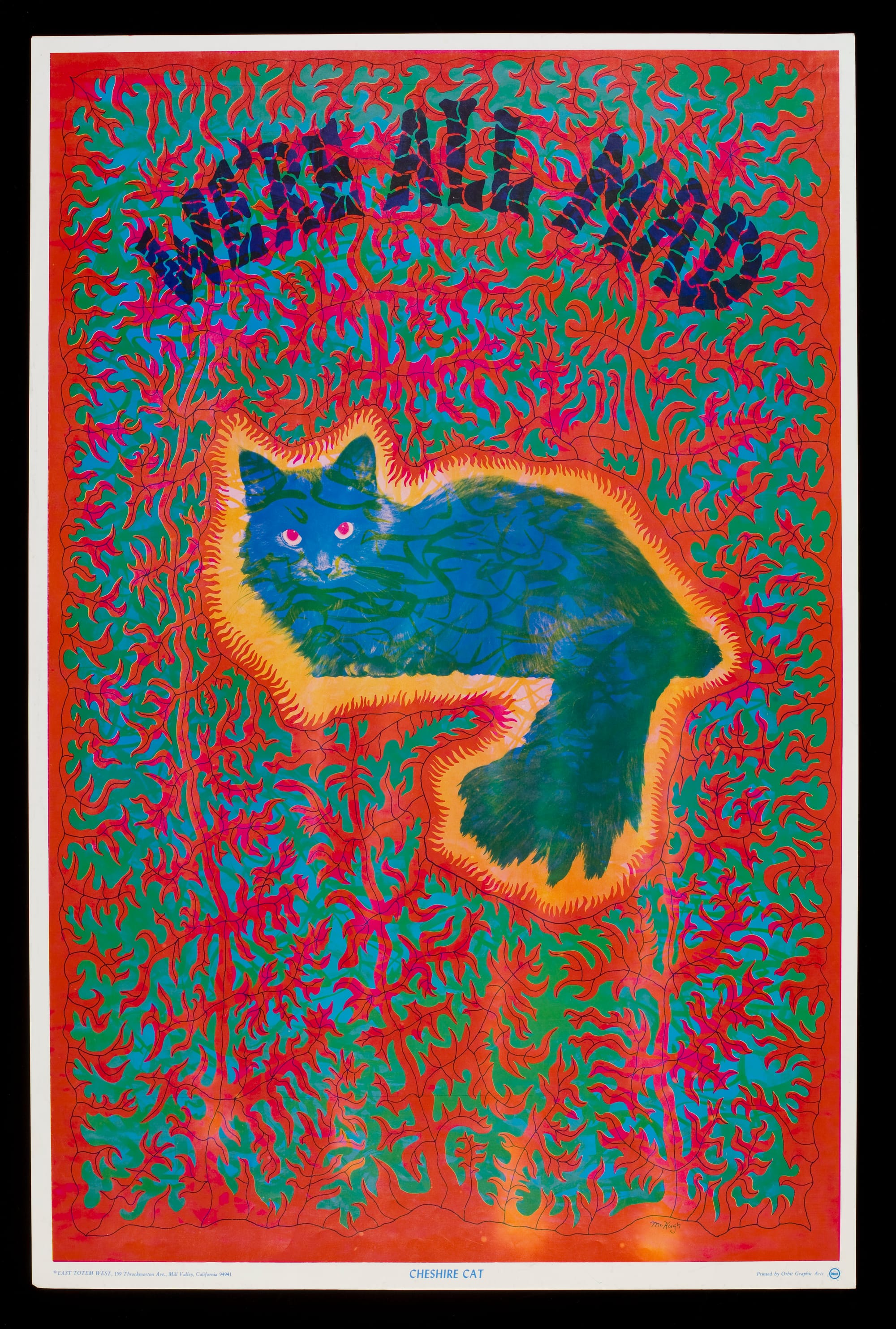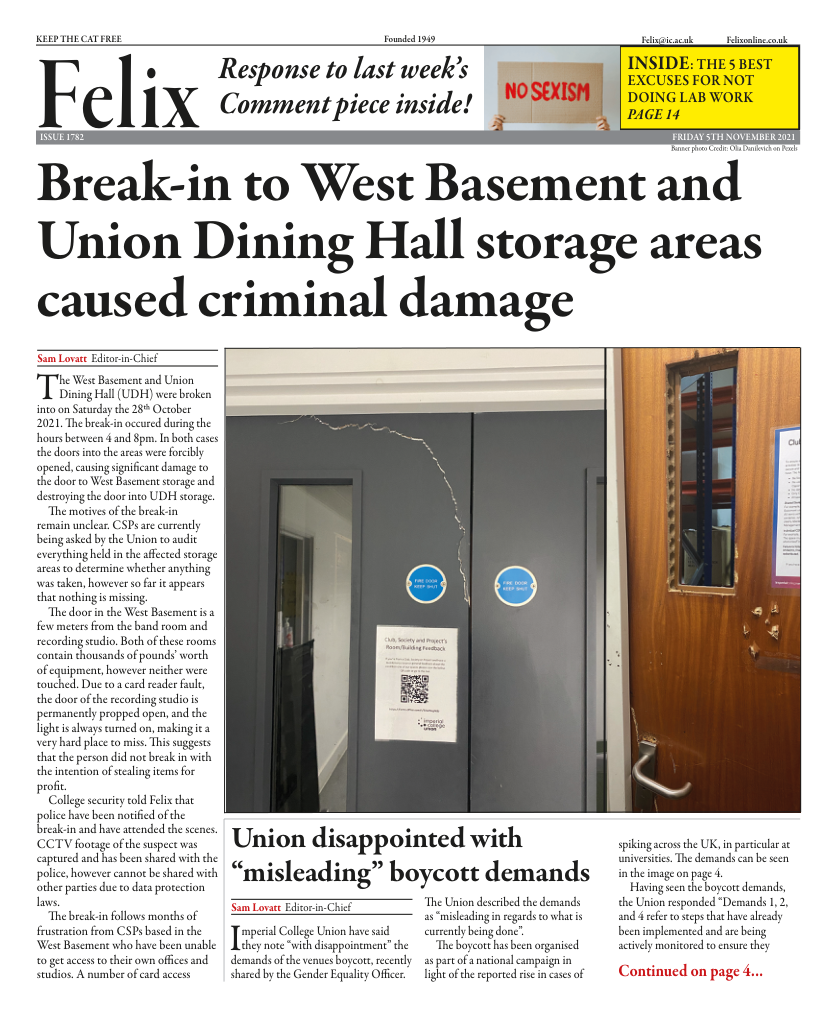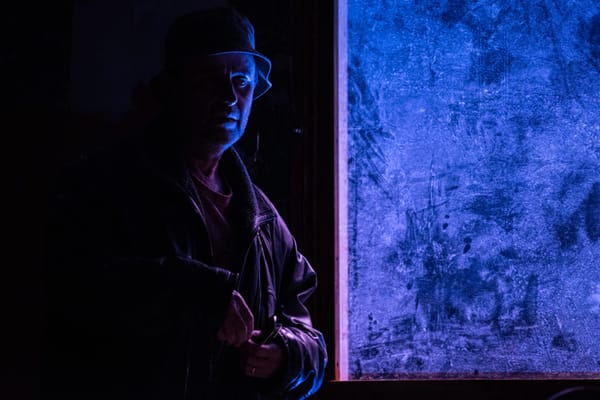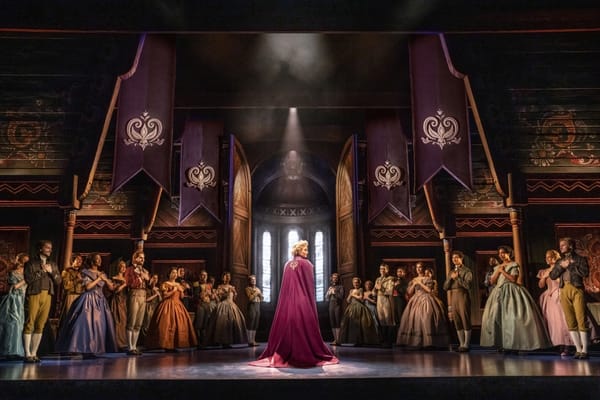A day in Wonderland
Innovative and deceptive, the V&A's new exhibition proves that Lewis Carroll's tale still sparks wonder.

Alice: Curioser and Curioser
★★★★★
- What: Exhibition
- Where: Victoria and Albert Museum
- When: Until 31st December 21
- Cost: £20
Perhaps you grew up watching the Disney Technicolor version from 1951. Or your mum would read a chapter at bedtime every night. You might have gone as Alice for Halloween one year, or maybe Mad Hatter. Without a doubt, ‘Alice in Wonderland’ is an integrated part of English literature and culture. But in reality it is so much more consequential than you could ever imagine. It has inspired everything from equality movements to quantum physicists at CERN. The new exhibition at the V&A explores the full extent of the story by Lewis Carroll, from the idea at a picnic on a hot summer’s day, to the impact it continues to have centuries later.
The first thing you’ll learn is that Lewis Carroll doesn’t even exist. It’s a pseudonym that Charles Dodgson came up with as a latinisation of his name. Dodgson is portrayed as a kind and creative genius, a lecturer in mathematics at Oxford who loved entertaining children and members of his extended family in his spare time. It was on an occasion when he had rowed up the river Thames to spend some time with three girls (the so-called Liddell girls) that he came up with the story as a way to pass the time. One of the girls, Alice, on whom he based the story, asked him to write it down and that marked the start of the book that has never been out of print since.

A product of the Victorian era, ‘Alice in Wonderland’ was always at the forefront of innovation. It was one of the first phenomena for which “merchandise” was made. At the point it was made into a film it was the longest film made in Britain, with a playing time of 10 minutes. Even when the new film version came out in 2010, it was one of the first major 3D films. To think that it is a story where the hero is a little girl that travels in time and space, a story that speaks to children but has philosophical undertones for adults, and that it was written in the 1860s is quite remarkable. Up until the point it was written most children’s books were teaching a moral lesson rather than entertaining. The concept of ‘nonsense’ was certainly not a part of fiction. No wonder it has inspired artists, activists, writers, chefs, marketing agents and scientists worldwide. Names such as Salvador Dali and Aldous Huxley have co-operated and lent their creative interpretations of the story. Japanese anime-versions of the film exist, and a Swahili translation from the 1950s is on display at the exhibition as just one example.

You will definitely want to reserve a couple of hours for the exhibition. It is impressingly extensive and deeply explorative. The curators have done a fantastic job at grouping together themes and building up a story. Don’t worry about getting bored, the rooms are interactive and playful, entertaining both toddlers and adults.









